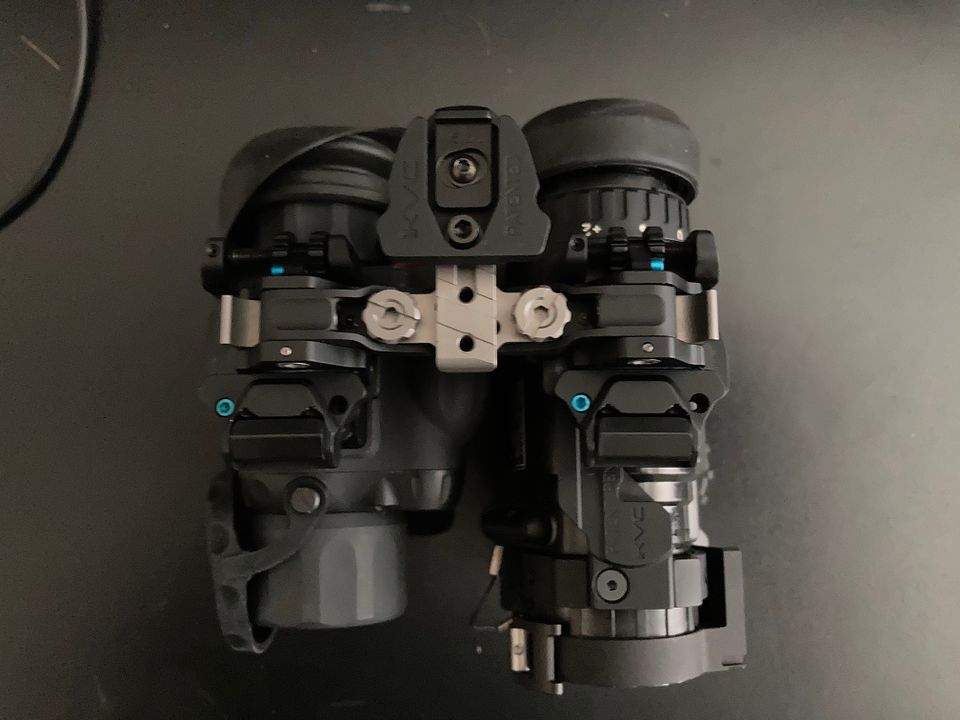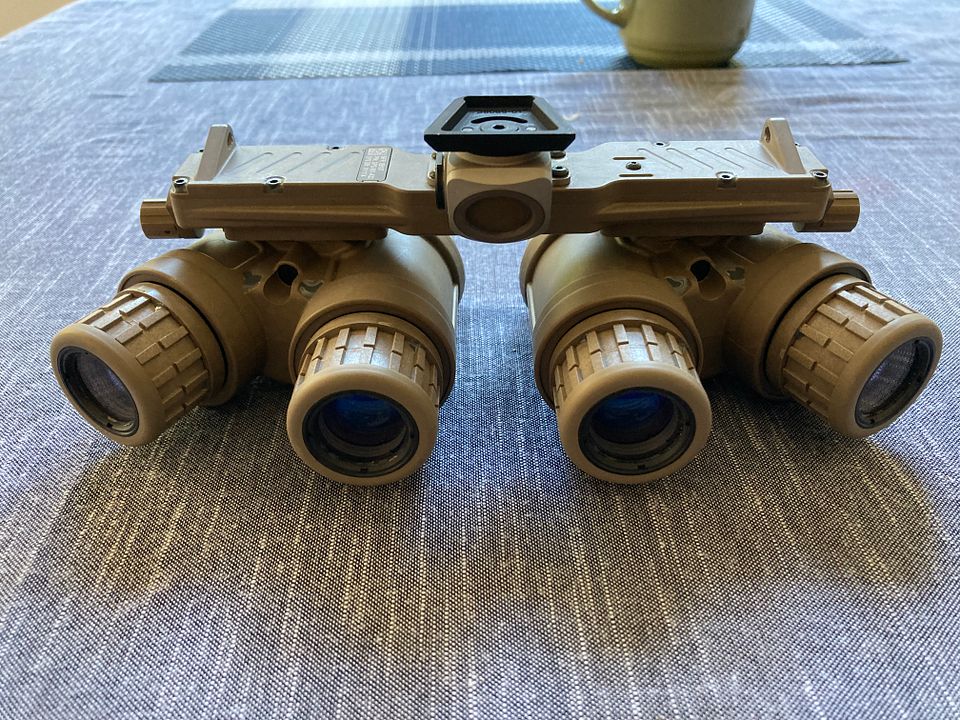@smcfarland same. Running dual 14’s for now
ETA: dual 14’s weren’t included for a reason. Only benefit is modularity.
Well there are a lot more benefits to bridged 14's than just modularity IMHO.
1. Redundancy. One pod goes down on bridged 14s, the chances of the other going down at the same time are pretty much zero. This has real world benefits in a hostile situation. Can't say that about dedicated Binos. When they go down, they usually both go down at same time.
2. Independent gain adjustment on each tube. That has some serious real world benefits that most people with dedicated Binos do not even have the ability to assess or understand. Point being it is really beneficial to have one pod turned way down compared to the other such that you preserve your night vision in one eye to monitor ambient light and if running a COTI it also has other benefits.
3. So you face plant or break and ruin one side completely. Don't have to send the entire unit off to be fixed. Simply roll another 14 in on the side the one got trashed on and you back up and running. Dedicated Bino's have to be sent off so you are 100% minus a system.
4. Modularity with the ability to mount a thermal on the bridged system. Can't do that with a dedicated Bino system with the exception of running a COTI on one pod.
5. 2 onboard illuminators. Again redundancy. Dedicated Binos do not have that ability. You loose an onboard IR illuminator on dedicated Binos you are down with that for a backup system to any other illuminators you might be using.
6. 2 independent power supply systems and batteries that run each pod. Again redundancy. When a battery or external power system has a failure on dedicated Binos, well you SOL on seeing in the dark.
IMHO, a correctly bridged set of 14's offer quite a bit of superiority over dedicated Bino's with the exception of being somewhat heavier. I will take that penalty, all night long.








